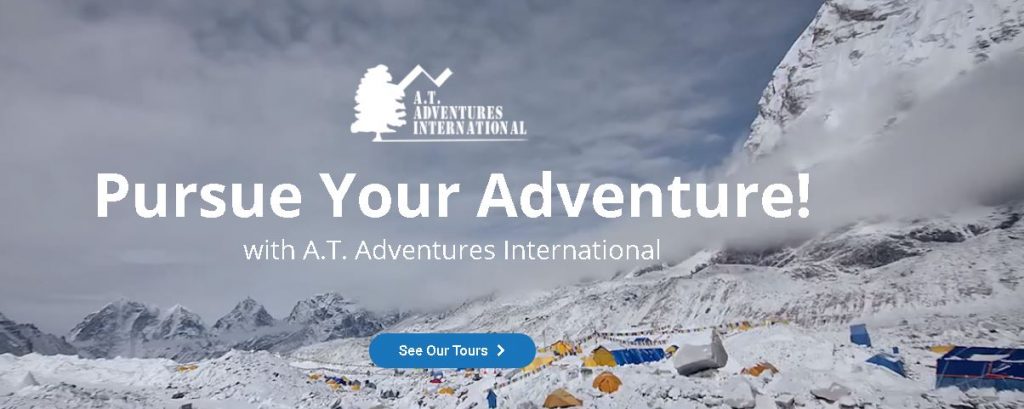Top Three Non-Technical Himalayan Treks
The country of Nepal is amazing; a melting pot of ancient Hindu and Buddhist beliefs and customs, diverse ethnic cultures, temples and monasteries perched precariously on high cliff-sides, tropical forests, alpine landscapes, the high desert and snow-covered peaks.
Extend your Thanksgiving this year and take your family on one of these very accessible and only moderately challenging treks. And if you have to work, most of the tea shops and guesthouses you will pass offer wifi; sometimes slow, but often passable. Give thanks to all Mother Earth provides.
Upper Mustang
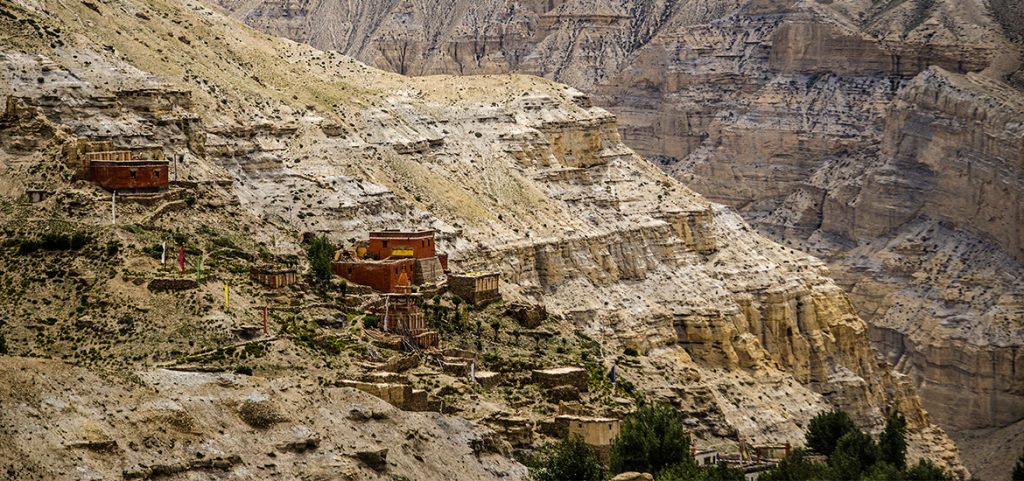
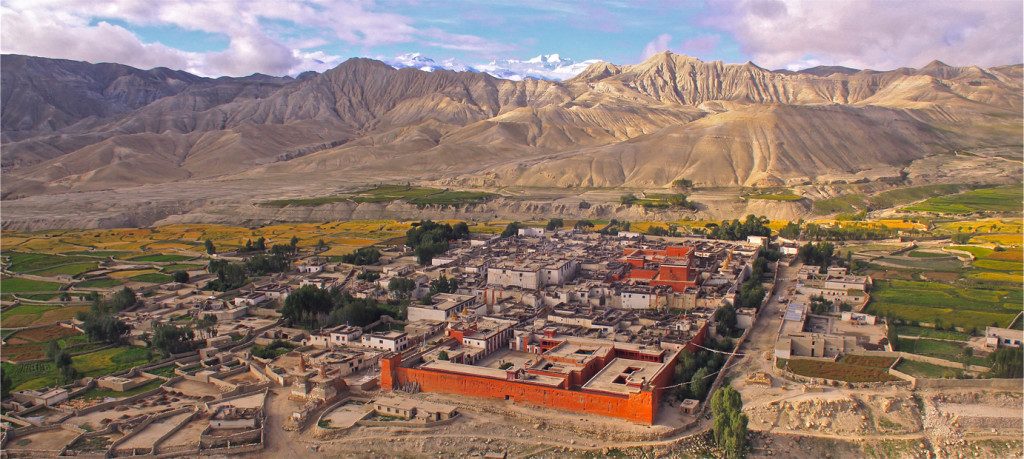
Mustang, a separate Himalayan Kingdom until 1950, is rugged, dry, and barren. The capital of the former kingdom Lo Manthang, is a medieval city where time has stood still. Narrow alleys, hidden chortens, long walls of beautiful prayer wheels and herds of farming animals returning from the fields in the late afternoon sunlight, make this is a surreal experience. An ancient walled settlement, things to see are the Royal Palace, 15th century monasteries and the Amchi Museum and School. An amchi is a traditional Tibetan doctor. The school’s goal is to preserve the ancient wisdom. Hire Tibetan ponies for a ride to Chhoser where there is a small monastery and an old cave dwelling perched high in the rocks. On the way back, visit Lo Gekar Monastery, an 8th century monastery, the oldest, still operational monastery in the world. The altitude does not exceed 15,000 feet on this trek, making it very accessible.
Gokyo Lakes
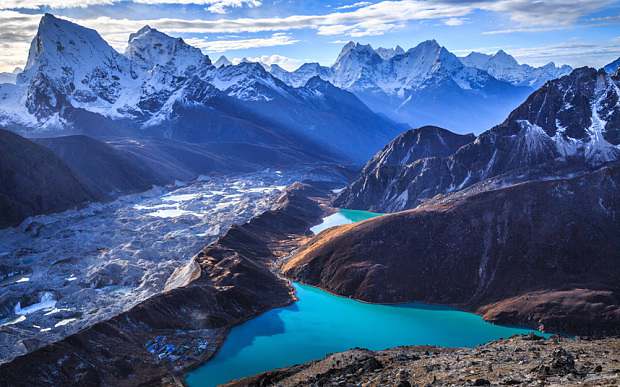
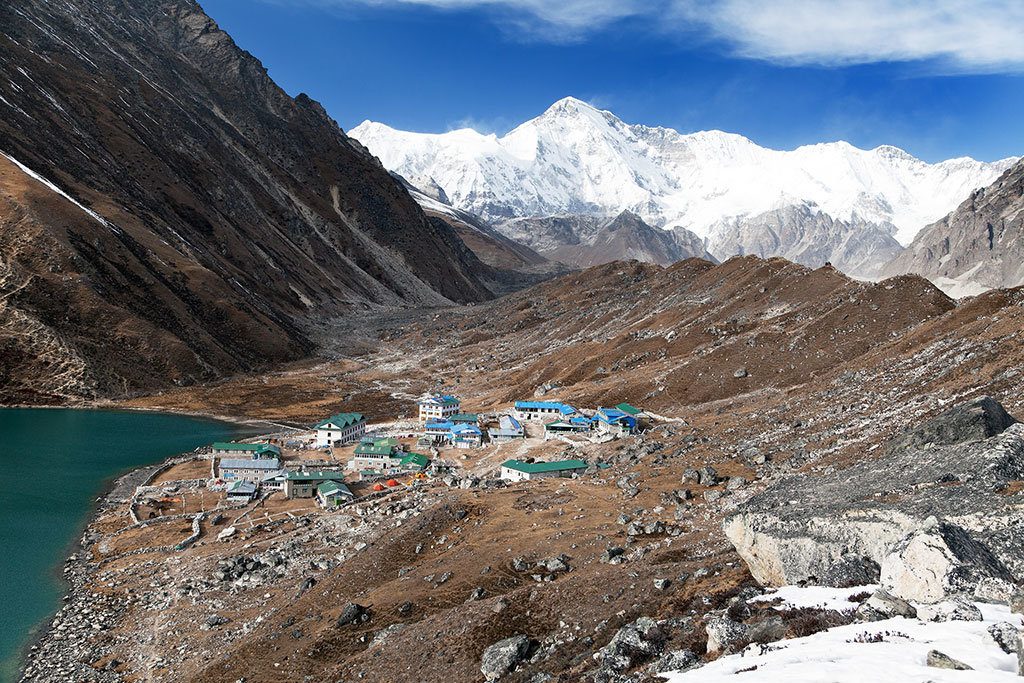
This trek takes you up to the summit of Gokyo Ri at 17,700 feet, from where you get a clear view of even higher peaks including Mount Everest. You will pass six turquoise, glacial-fed lakes, gorgeous as they sparkle in the sunlight, the Ngozumpa glacier, the largest in the world and Renjo La pass, one of Nepal’s most beautiful passes. The tiny villages that dot the cliffsides are a wonderful maze of alleys with smiling faces. In the tea shops, ask for the Nepalese version of the Apple Pie.
Everest Base Camp
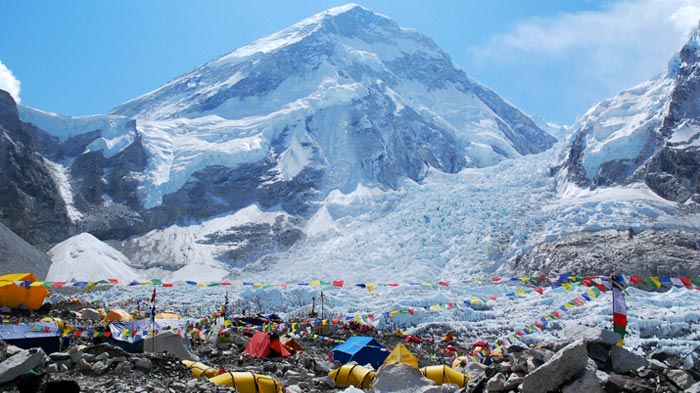
Everest Base Camp is located at a height of 17,590 feet. For the most part, the trek is on mountain paths with gentle gradients, though there are a few steeper sections. You will pass small villages perched on hillsides, fields of wheat, barley, potatoes, and cabbage, and you will walk on narrow suspension bridges that cross the raging Dudh Koshi River. As you trek up, the air gets thinner and the vegetation sparse. Towering Himalayan peaks, including Mount Everest greet you every morning. Everest Base Camp is set on the edge of the Khumbu glacier, amidst a sea of rocks, ice, and prayer flags. On your way, summit the rocky outcropping of Kala Patthar at 18,500 feet for a spectacular view of Mount Everest, with South Col and the Hillary Step clearly visible.
Planning Tips
Best times to visit are between March and May and September and November. Accommodations are in guesthouses. Most guesthouses and tea shops along trekking routes offer wifi. Trekking trips start in Nepal’s capital, Kathmandu.
Acclimatization is required, particularly for treks above 15,000 feet. For this, walk at a slow pace, rest regularly, eat healthy meals, sleep well and drink plenty of water.
A.T. Adventures International offers high quality, affordable trekking tours to mountain summits in Nepal, Argentina, Peru, Africa and the USA, including Mount Everest. With outstanding guides, excellent base camp services, well-appointed gear, “leave no trace” principles and proper acclimatization schedules, it helps trekkers summit safely, easily and enjoyably.
